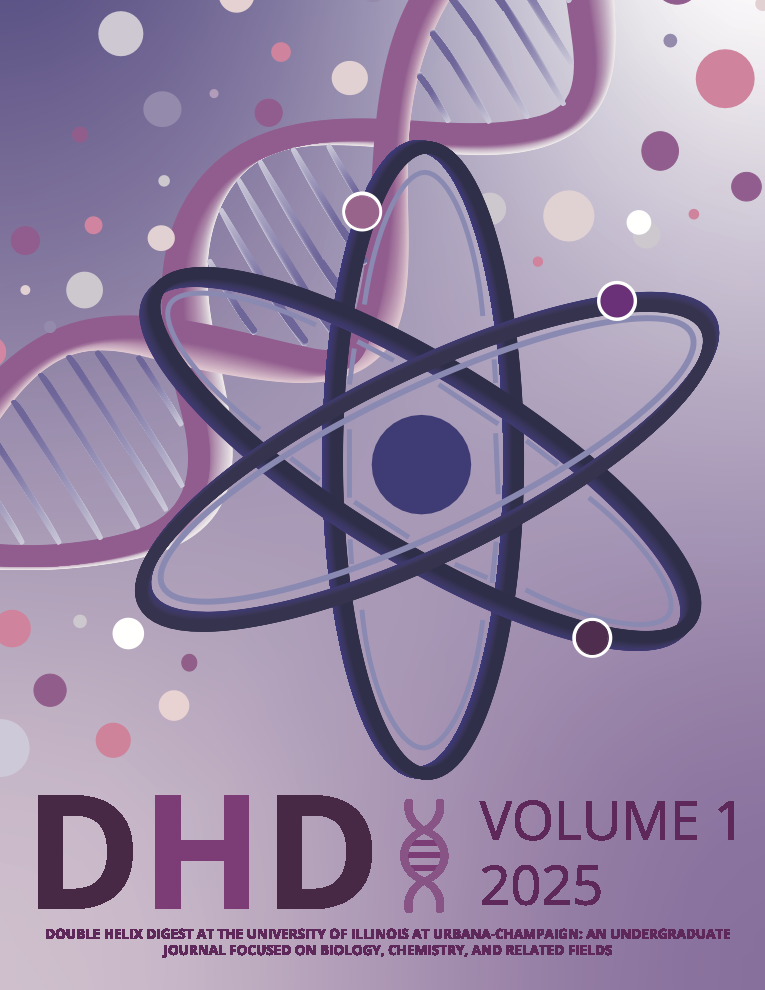How Does Antibiotic Resistance Work? The Mechanisms of Antibiotic Resistance
Abstract
Antibiotic resistance occurs when bacteria survive in the presence of antibiotics, which are generally used to kill bacteria. This resistance has become a growing issue in several industries, including healthcare, where bacterial infections have become more difficult to treat. With antibiotic resistance rising to be a threat to the health of humans and animals, it is essential to understand how antibiotics work and how bacteria are able to bypass their effects. Antibiotics primarily serve their purpose by breaking apart the bacteria or interrupting necessary processes for survival. Bacteria, once they acquire resistance through either mutation or uptake of foreign DNA, use many strategies to counteract antibiotics. Currently, there are various approaches being researched to prevent or work around antibiotic resistance. With the increasing prevalence of resistance, this research is crucial to reverse its impact.

